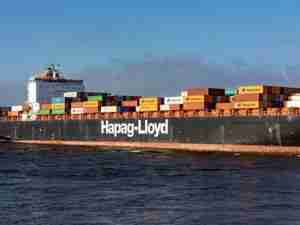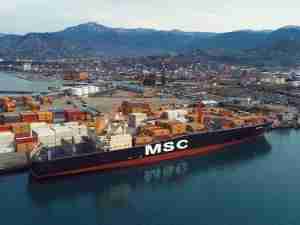'The system is handling volumes that have never been seen before, thanks mainly to continued growth in the demand for Asian imports,' Global Insight Economist Paul Bingham said. 'Despite the growth in volume, the outlook is for continued acceptable performance over the next six months. Shippers should be able to make it through the remainder of the peak season without significant congestion.'
'It's obvious that port volume is growing, but Port Tracker gives retailers precise numbers to help them plan for that growth,' NRF Vice President and International Trade Counsel Erik Autor said. 'Conditions at the ports are crucial to the retail supply chain and retailers need this kind of solid information.'
All ports covered by Port Tracker ' Los Angeles/Long Beach, Oakland, Tacoma and Seattle on the West Coast, and New York/New Jersey, Hampton Roads, Charleston and Savannah on the East Coast ' are currently rated 'low' for congestion, the same as last month.
Nationwide, the ports surveyed handled 1.38 million Twenty-foot Equivalent Units (teus) of container traffic in July, the most recent month for which actual numbers are available. The figure was up 1.7% from June and 7.1% from July 2005.
July's number topped 2005's year-long peak of 1.37 million teus set last October, and numbers well above the 2005 peak are expected to be hit through the remainder of the season: August is forecast at 1.44 million (up eight percent from August 2005), September at 1.4 million (up 4.1% from September 2005) and October ' the traditional annual peak of the shipping season ' at 1.45 million (up 6.2% from October 2005). During the remainder of the six-month forecast, numbers will drop off but will still remain higher than year-ago numbers. November is forecast at 1.34 million (up 6.1% from November 2005), December at 1.3 million (up 7.9% from December 2005), and January at 1.24 million (up 2.2% from January 2006).









